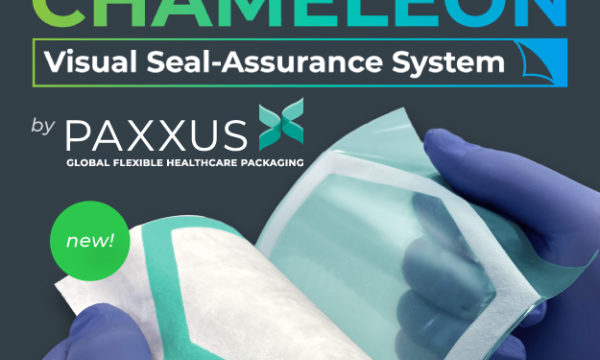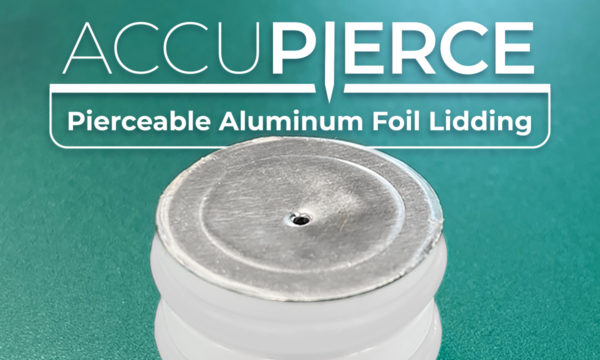August 4th, 2021 |Originally posted in Med-Tech Innovation News- Issue 54
Q: How much do you feel the diagnostic landscape has changed during the pandemic?
A: The pandemic has contributed to an incredible shift in diagnostic testing. Many diagnostic companies are in the midst of bringing brand new methods and platforms to market which equates to new challenges for the entire supply chain. The scale and volume of demand for new and creative formats have increased significantly as testing continues to boom in both clinical settings and at-home environments. From discovering allergies to identifying genetic risks at home, the ability for consumers to manage their own health has resulted in a widespread recognition and acceptance of numerous new diagnostic platforms and tests. For this reason, the diagnostic landscape has experienced an exponential increase in new players all hoping to better support patients in all settings.
Q: What effect has this had on those working in medical device packaging, like yourselves?
A: The explosion of new players and methods in the diagnostic space required packaging suppliers, like us, to pivot rapidly in terms of our manufacturing focusses. During the first few months of the pandemic, we very quickly recognized the need to prioritize our offerings of materials for diagnostic testing kits. We collaborated with our partners to quickly recommend primary packaging materials and identify appropriate materials that can be used in conjunction with components inside of their diagnostic devices. By offering both pre-engineered solutions and developing new structures to address specific requirements, we have been able to support several major companies as they have introduced novel tests to the market.
Q: With people now becoming more familiar with home testing, what kind of effect do you think this will have on those working within diagnostics packaging going forward?
A: Human factors have already had an enormous impact on the development of devices and their respective packaging and we expect this focus to only gain strength going forward. Many at-home tests are being administered in a less controlled environment, compared to clinical settings, by consumers who may not be trained. Consumer storage, opening, and sample collection techniques are important considerations for device manufacturers and packaging suppliers as all these factors could have an undesirable impact on the outcome of an at-home test. As a supplier of healthcare packaging, one of our top priorities is reducing risk to the patient. We have developed certain materials that are more durable and able to withstand a harsh distribution cycle as the products make their way to the consumer. Materials may also need enhanced barrier properties to promote an extended shelf-life and to resist moisture or light in uncontrolled environments such as a medicine cabinet located in a humid bathroom. Finally, unlike clinical settings, the consumer is in full control of their selection of an at-home diagnostic test. User-friendliness and shelf appeal are new significant considerations for diagnostic device manufacturers while collaborating with their packaging supplier. The product must appear reliable and safe to the consumer, and the packaging must provide simple and intuitive access to the device.
Q: How do you adapt when this part of the marketplace is going through a period of quick change?
A: It is incredibly important to have the appropriate material building blocks in place that can be quickly combined to meet the evolving needs and requirements of the industry. For the diagnostic market in particular, we are proud to offer a portfolio of engineered materials that can be tailored for use as primary packaging or as internal components. In addition to a product offering that directly supports diagnostic companies, our technical team loves to support fast-moving projects. We frequently collaborate with our clients to develop solutions to meet new and challenging requirements like containing hard-to-hold chemical reagents.
Q: What considerations do you have to make when it comes to new packaging innovations in diagnostics?
A: There are several additional factors to consider when packaging new diagnostic products. Our team needs to identify any possible interactions between the diagnostic component itself and the proposed packaging so that the device displays accurate results. Additionally, device protection is vital as the product makes its way to its final destination. Barrier properties are designed for each product to provide light and environmental protection as well as to reliably contain aggressive chemicals throughout the product’s journey. Other considerations that we think about with our clients is how the new device will be accessed and how the reagents are released. For example, does the material need to peel or pierce at a specific force to release the reagent? Does the device packaging require a precise linear- tear for ease of user access? Will the package survive the expected distribution channels including handling by the consumer? These and more are all considerations for designing packaging for new innovations in diagnostics.
Q: Given there is an increased focus on sustainability, coupled with the change in diagnostics, how challenging is it for medical device packaging firms to keep up with the rate of change?
A: While we have been able to keep up with the rate of change, the rapid shift in priorities comes with a new set of challenges in terms of sustainability. We have seen this as an opportunity to promote and expand sustainable product offerings. For example, we can help a client use less material in their packaging, or switch to a mono-material solution to support their sustainability initiatives. In addition to utilizing sustainable components, we know how crucial it is to work closely with MRFs (materials recovery facilities) and advanced recyclers to innovate and expand the sustainable packaging options available to the market.
Q: Following on from that, what material solutions do you have to address these issues?
A: We recognize that sustainable thinking must expand to beyond just primary device packaging. While downgauged foil pouches, flow wrap material, and single-polymer barrier overwrap are popular amongst diagnostic companies looking to promote sustainability with the primary packaging, we must also consider the critical components within the actual diagnostic device. We often recommend AccuPierce™, our pierceable aluminum foil lidding, for internal applications (like critical assay reagents) requiring chemical resistance.


